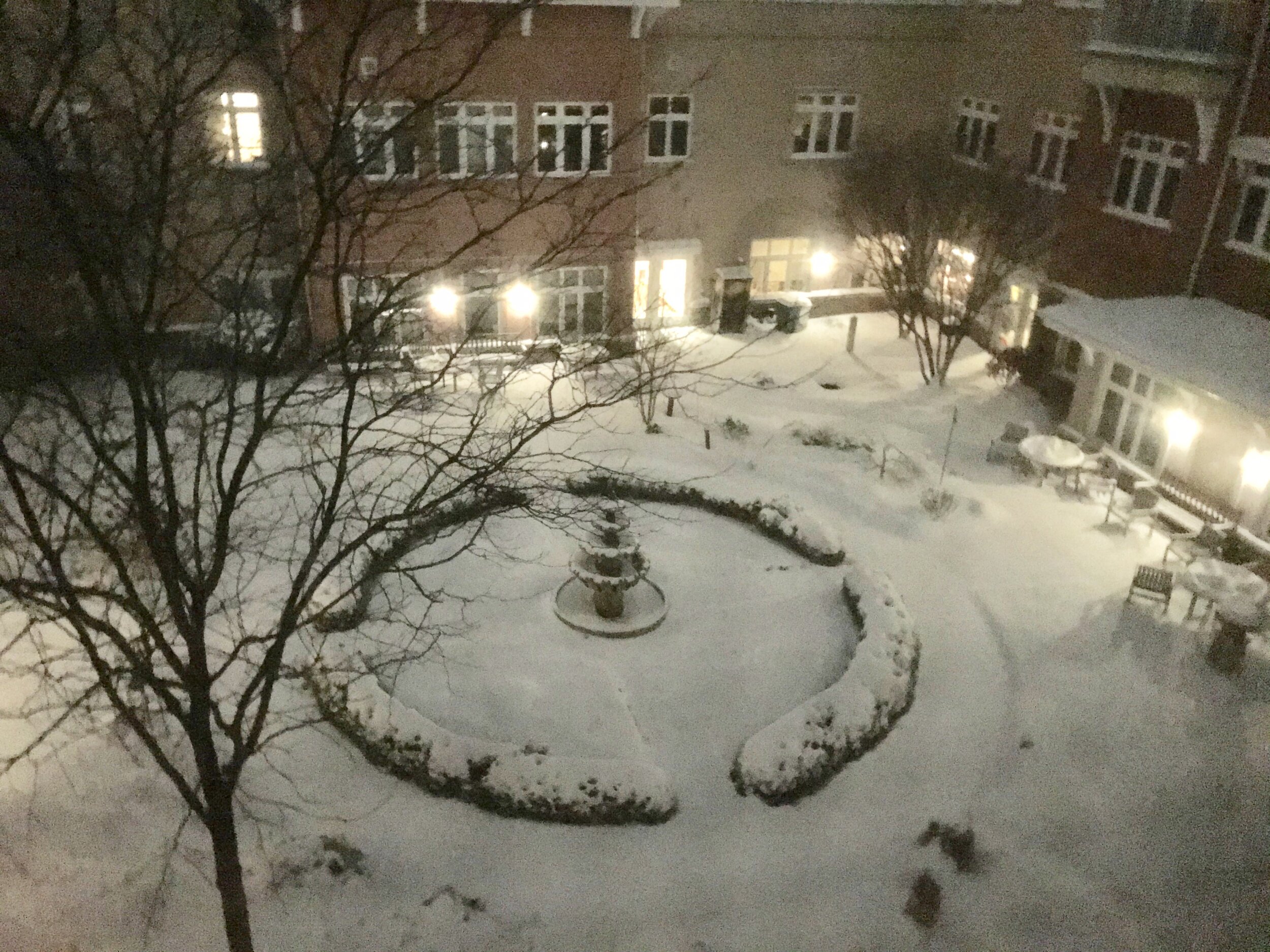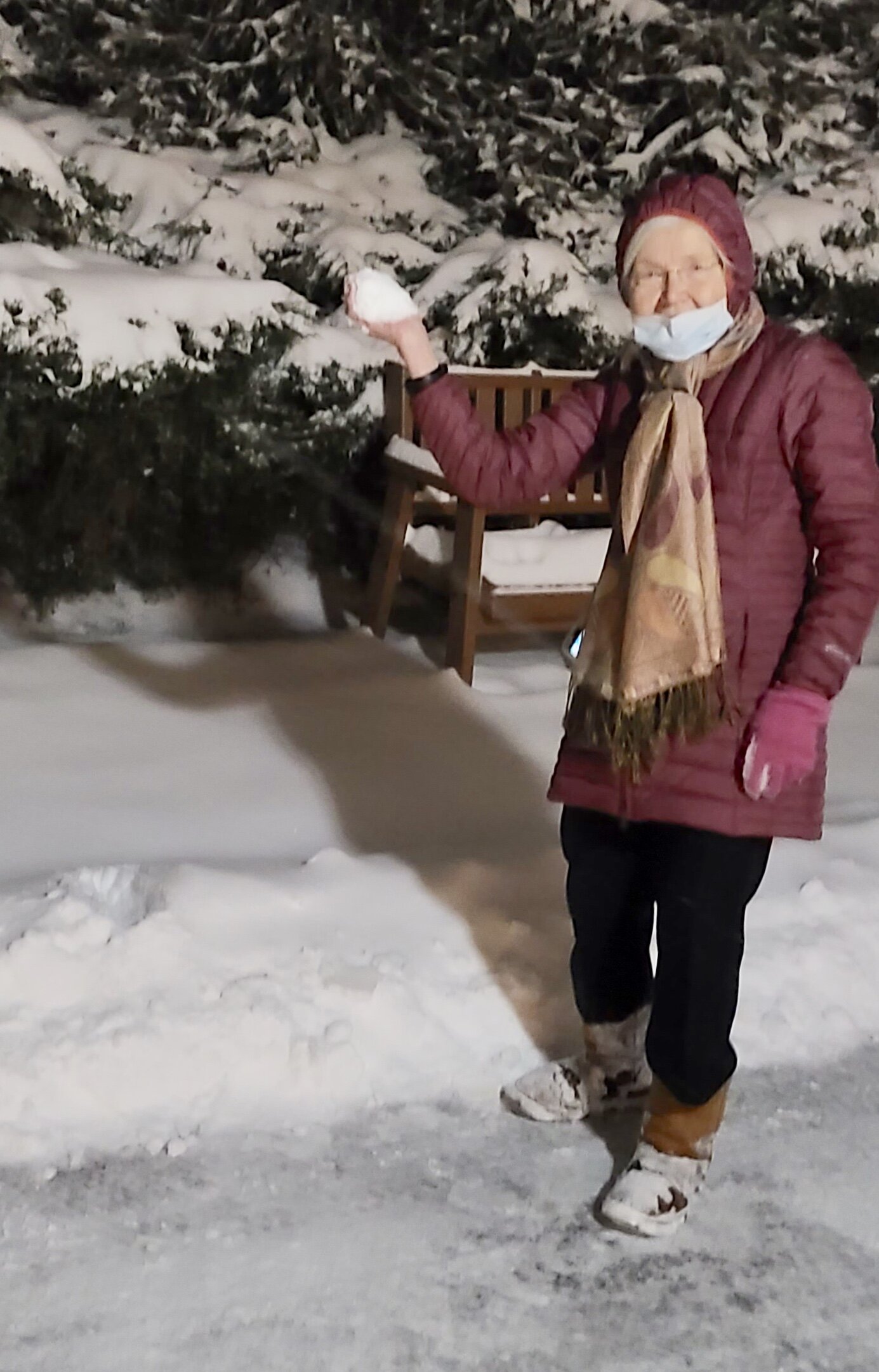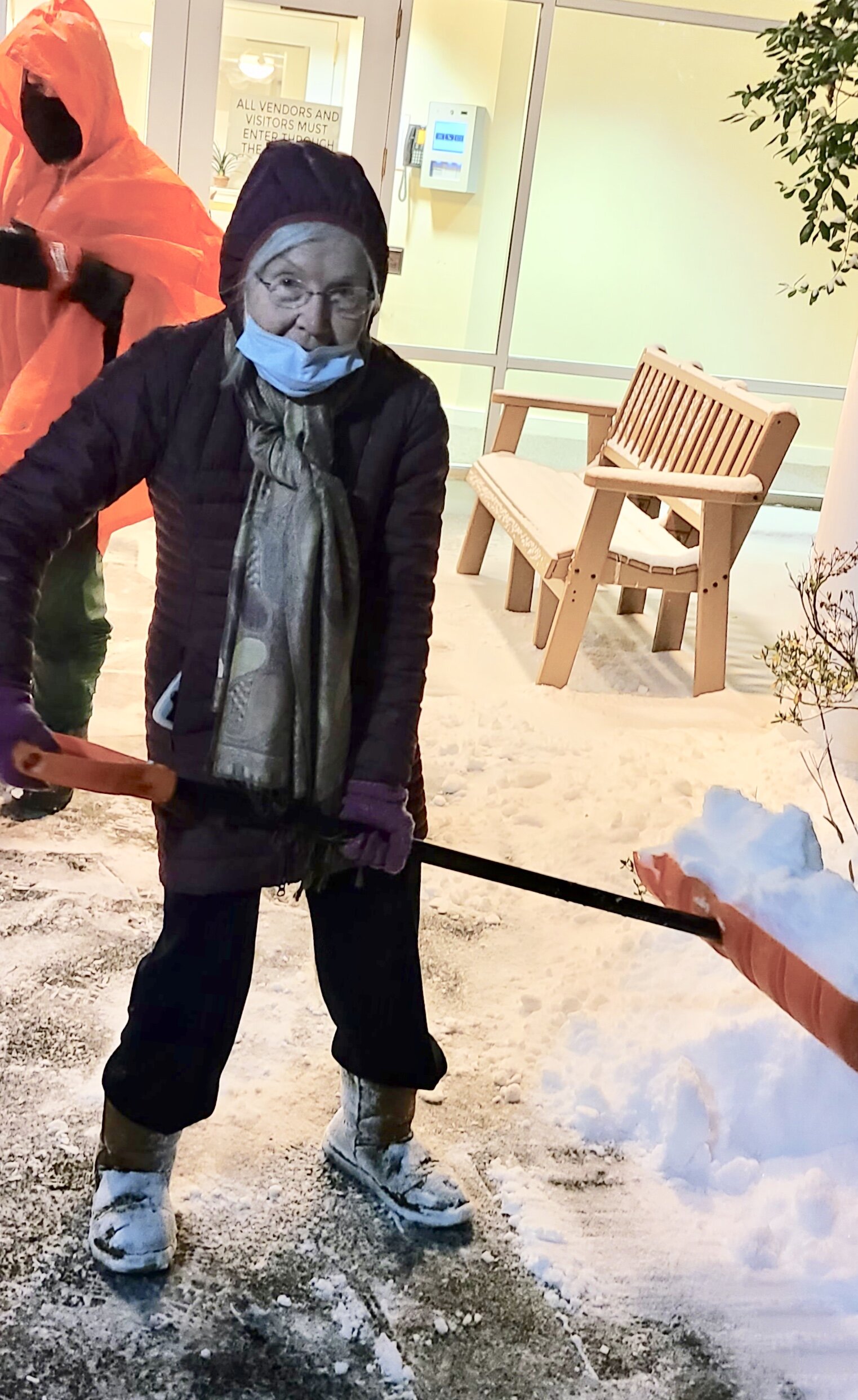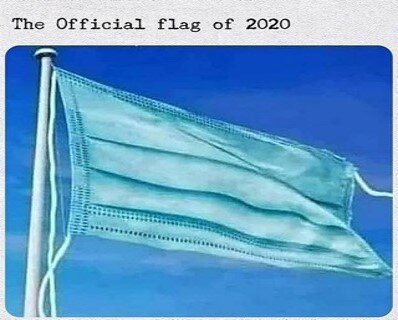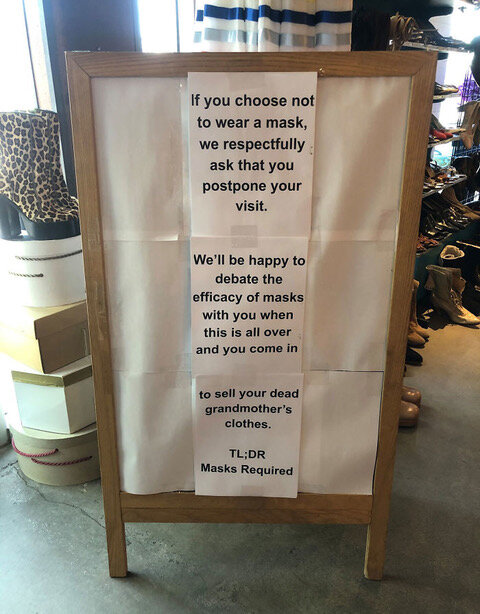Here’s a Holiday Poem by David Bottjer (Marilyn’s son) for the paleobiologically inclined, with apologies to Clement Moore, who wrote the original in 1822! Thank you, Marilyn, for sending it.
‘Twas the night before the Cryogenian,
When all over Earth
Not a creature was stirring,
Not even an Archaeon.
The stromatolites were growing in the lagoon with care,
In hopes that Charles Darwin soon would be there.
The protozoans were nestled all snug in their beds,
While visions of metazoans danced in their heads.
And Earth with her glaciers, as well as cap carbonate,
Had just settled in for a long evolutionary stalemate.
When out in the sea there arose such a clatter,
I sprang from my microbial mat to see what was the matter.
Along the seafloor I flew like a flash,
With amazing new creatures,
They made quite a splash.
The moon on the breast of the seafloor we know
Gave a luster of midday to the Ediacara Biota below.
When what to my wondering eyes should appear
But a miniature sleigh pulled by a group of stem animals.
With a little old driver so lively and fun,
I knew right away it must be Charles Darwin!
More rapid than trilobites the Cambrian Explosion it came,
And he whistled and shouted and called them by name:
“Now, Cloudina! now Treptichnus! now, Anomalocaris and Hallucigenia!
On, Wiwaxia! on Archaeocyatha! on Helicoplacus and Opabinia!
From the depths of the sea! to nearshore sands be they all!
Now dash away! dash away! dash away, all!”
As biomineralized skeletons before the wild hurricane fly,
As they form into reefs and grow up to the sky,
So up to the shoreline the coursers they flew,
With a sleigh full of plants and animals – and Charles Darwin too.
And then, in a twinkling, I heard on the land
The prancing and pawing of Acanthostega in a band.
As I viewed all the volcanoes and was turning around
Down Pangea Charles Darwin came with a bound.
He had been crossing Siberian Traps, sometimes by foot,
And his clothes were all tarnished with ashes and soot.
A bundle of archosaurs he had flung on his back,
And he looked like a peddler just opening his pack.
His eyes had studied barnacles and finches, how merry!
He had done many experiments with earthworms, to bury!
The hat on his head was not set too low,
And the beard on his chin was as white as the snow.
A book that he wrote he held tight in his hands,
And the ideas in it had encircled the lands.
He had such experience from invertebrates to the eagle,
Much of which he had gained on his voyage with the Beagle.
He was watching the sky, a right jolly old elf,
When a visitor arrived from the asteroid belt.
A wink of his eye and a twist of his head
Soon gave me to know I had nothing to dread.
He spoke not a word but let evolution work,
And it filled all the niches with mammals, lizards and birds.
And laying a finger aside of his nose,
Back to 2020 he rose.
He sprang to his electric vehicle, to the Modern Fauna gave a whistle,
And away they all flew like the down of a thistle.
But I heard him exclaim, ere he drove out of sight,
“Get that Global Warming under control if you want a Good Night!”





